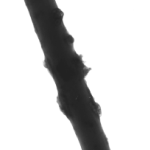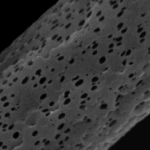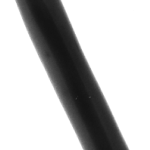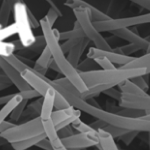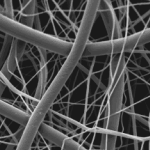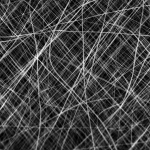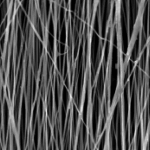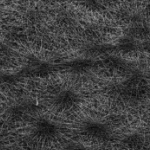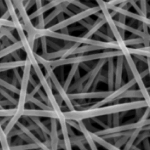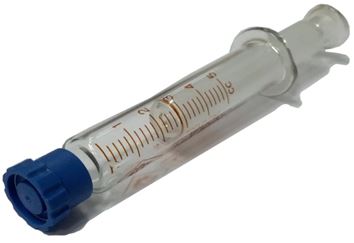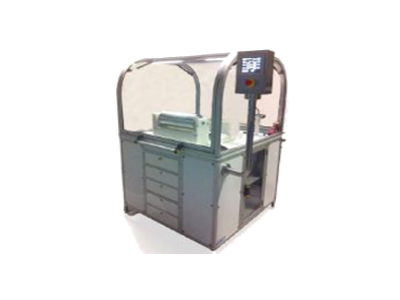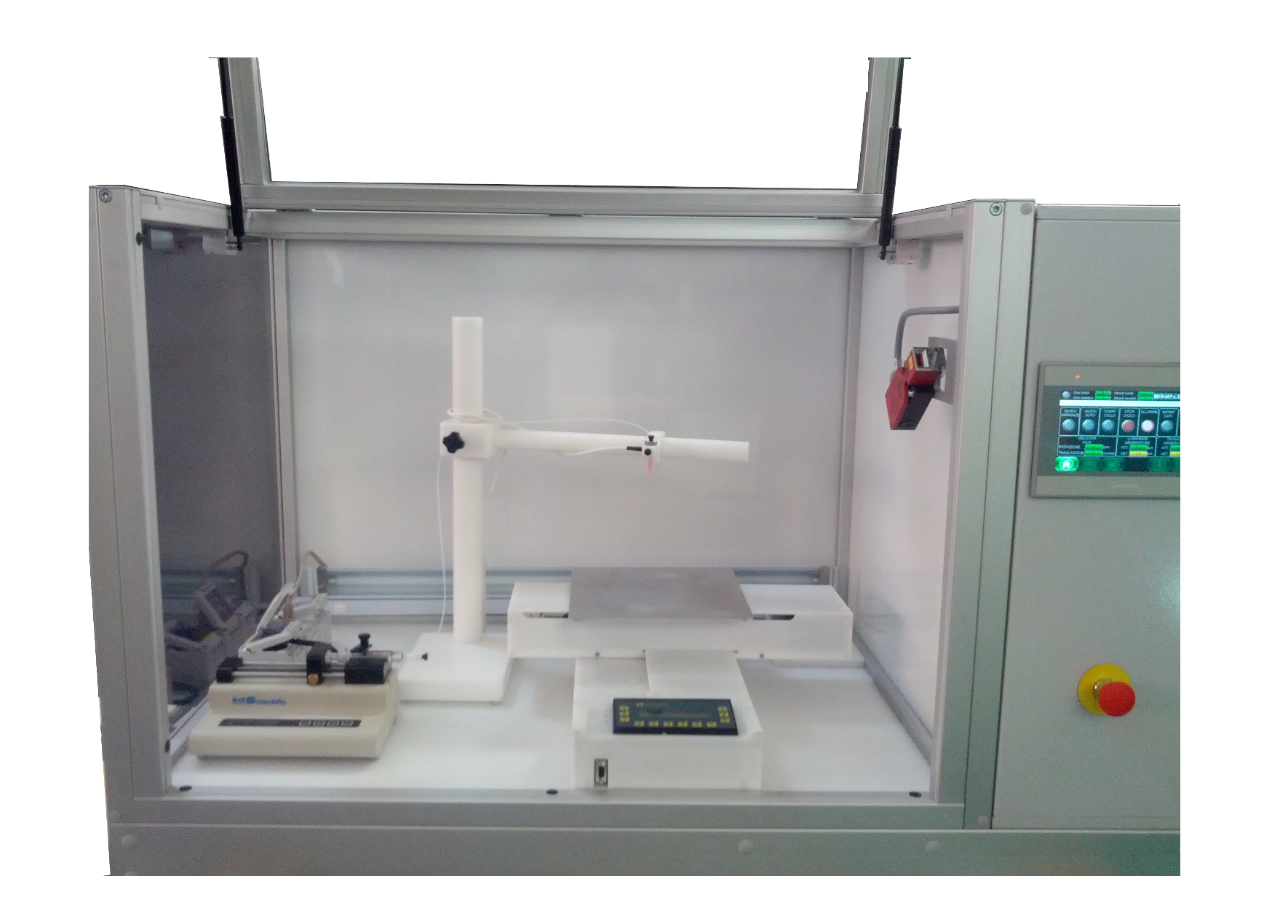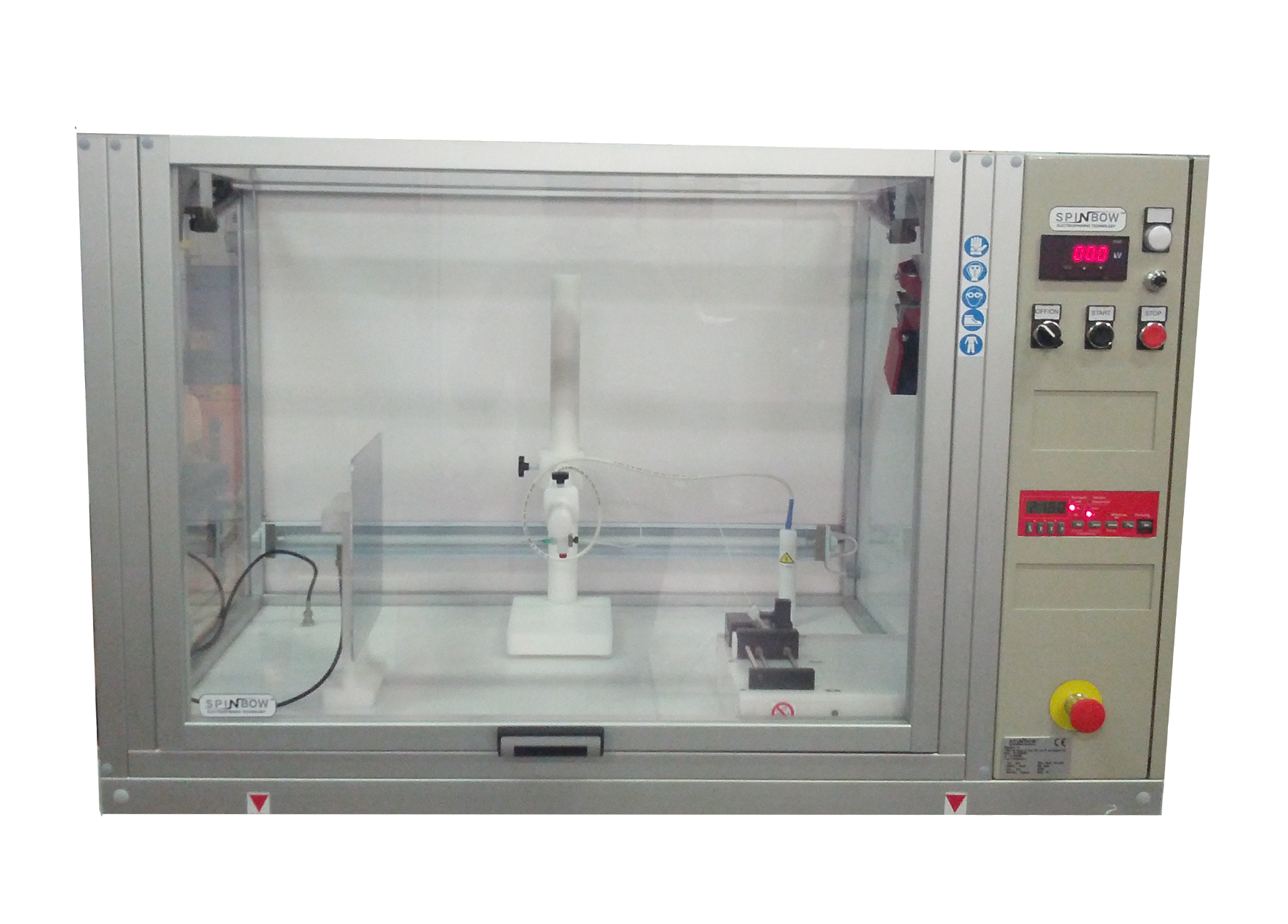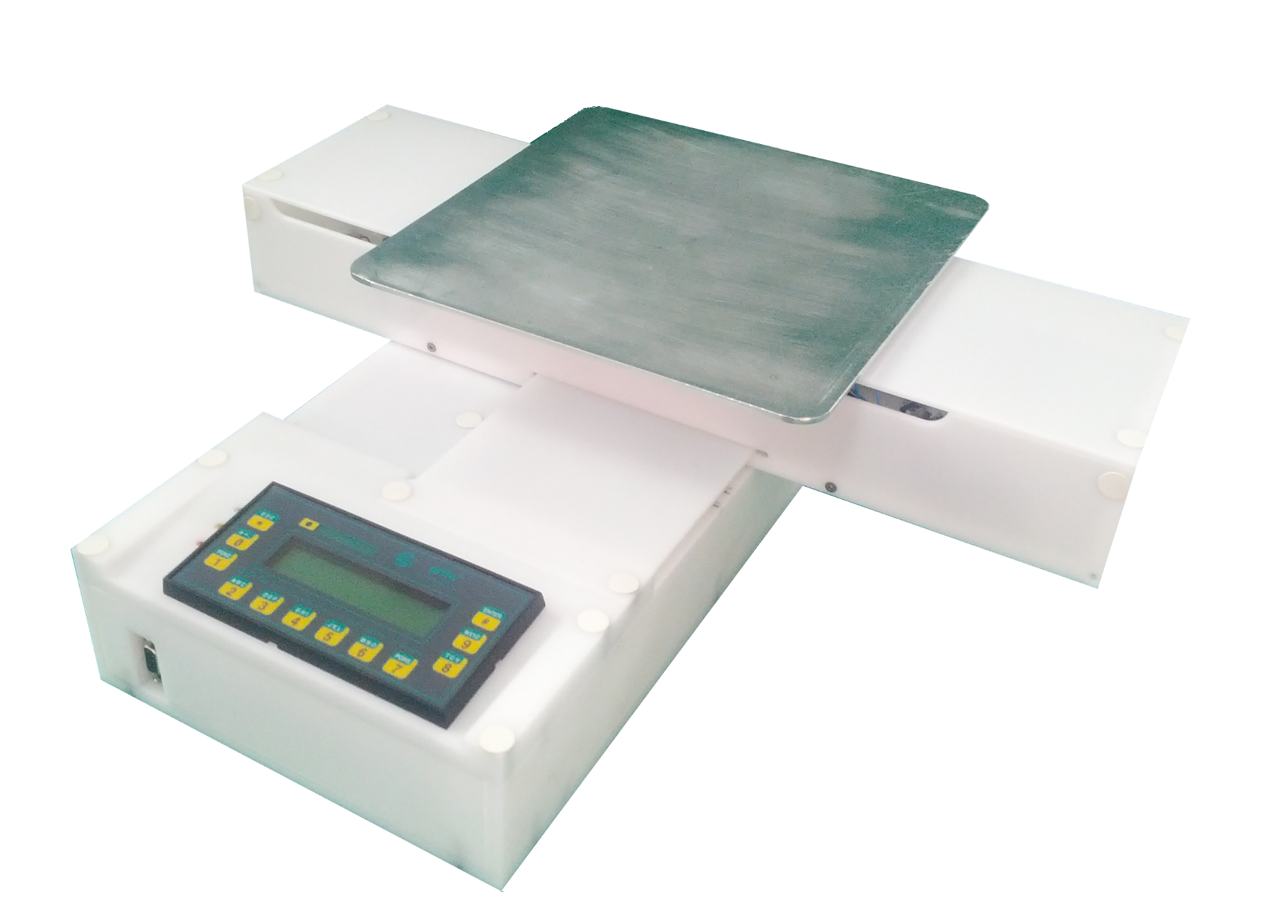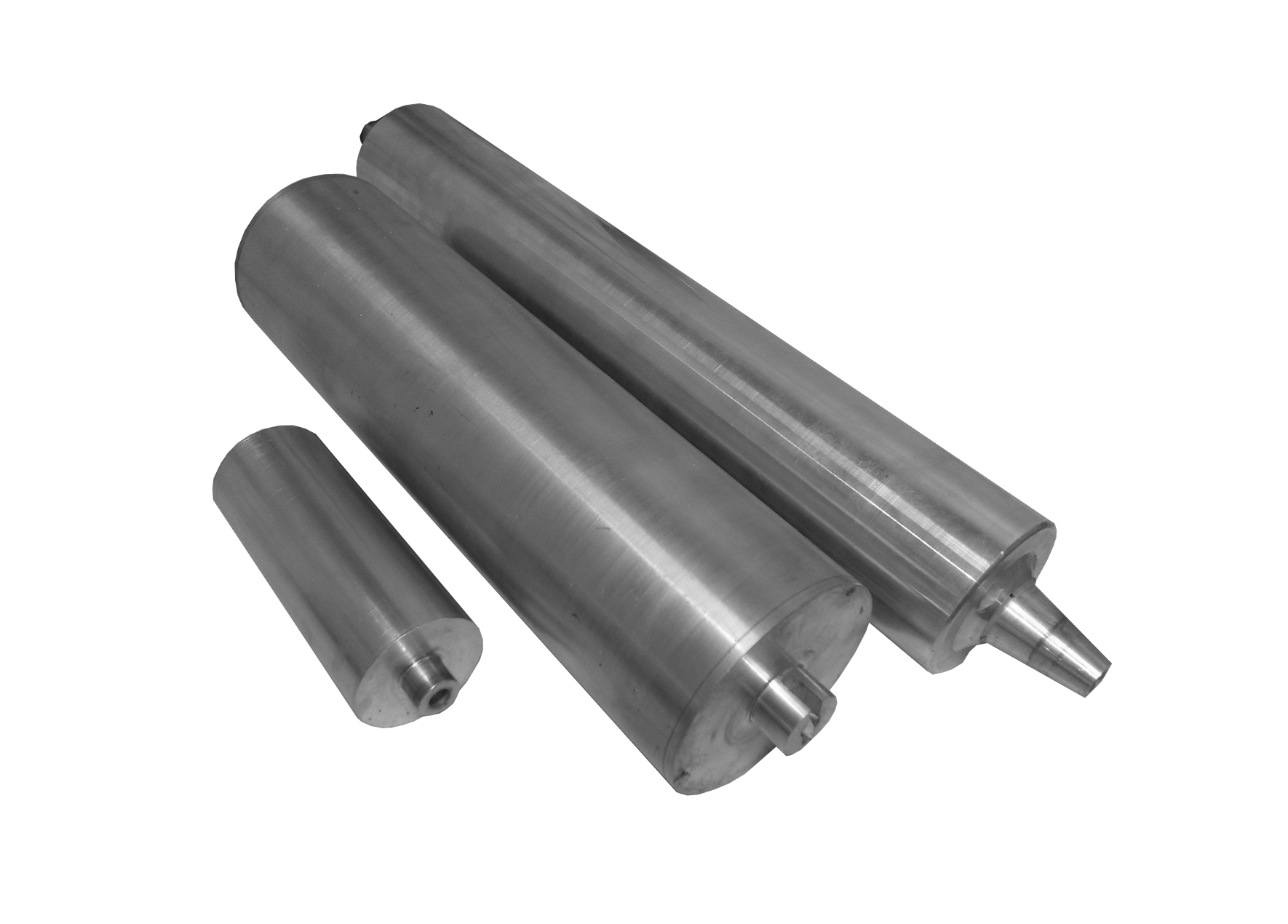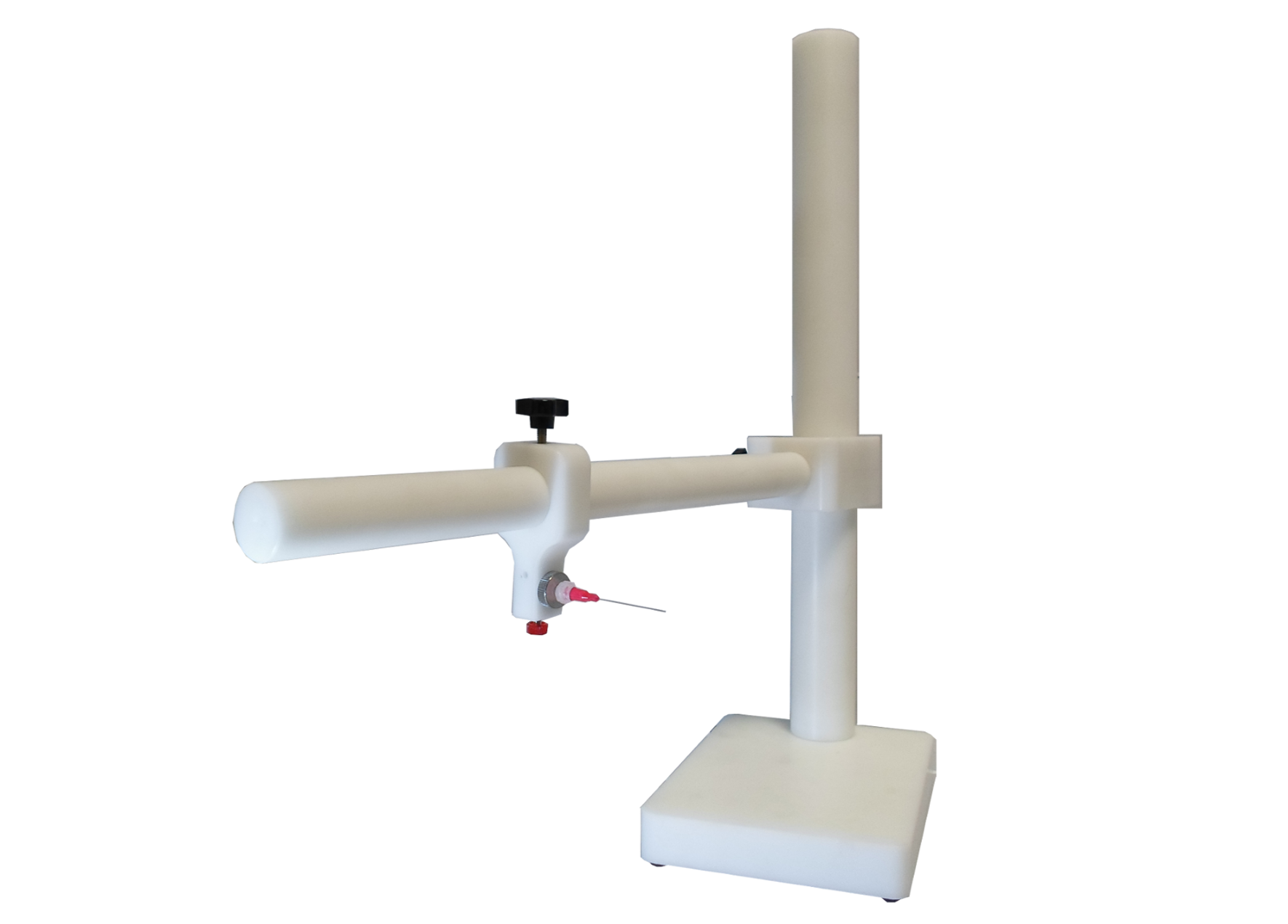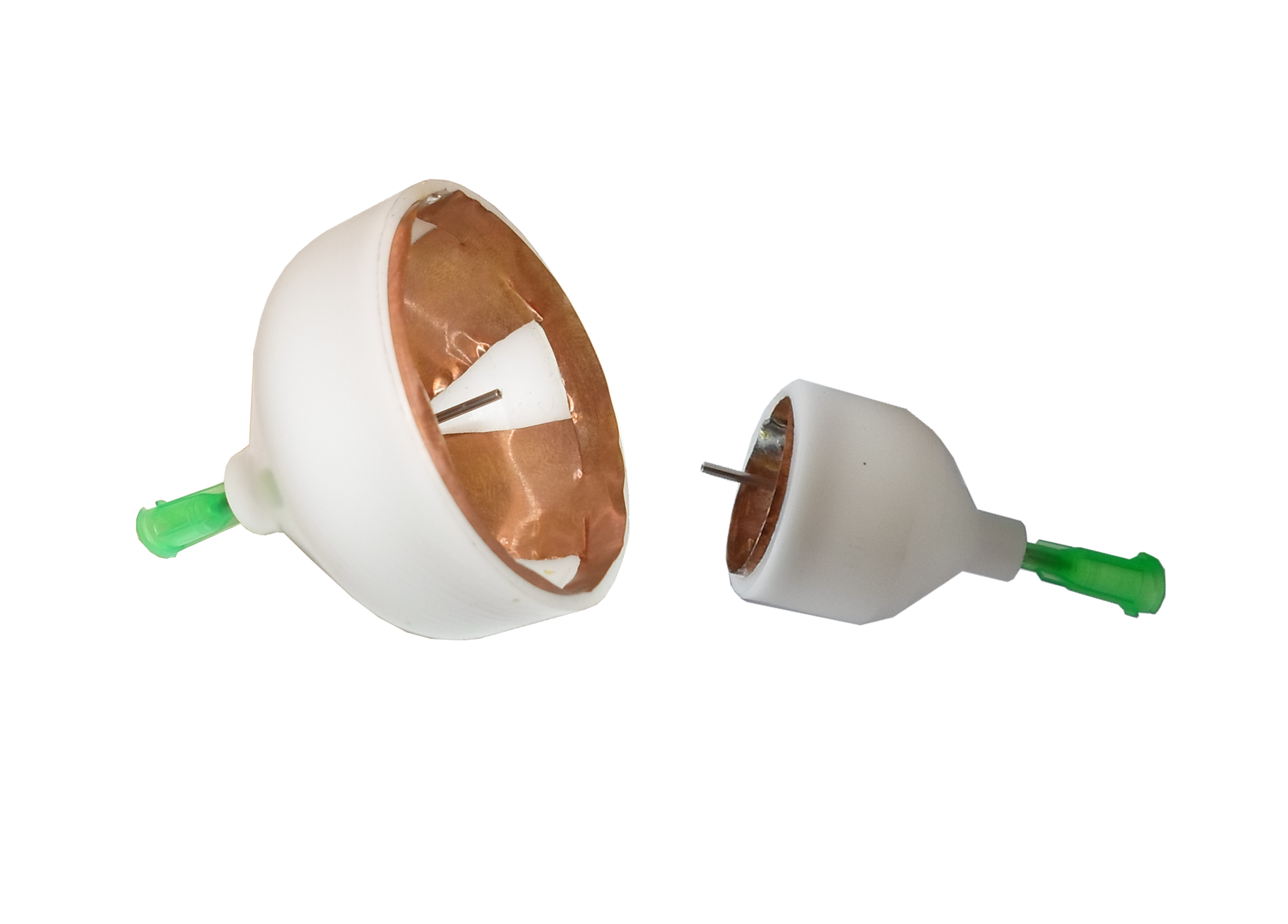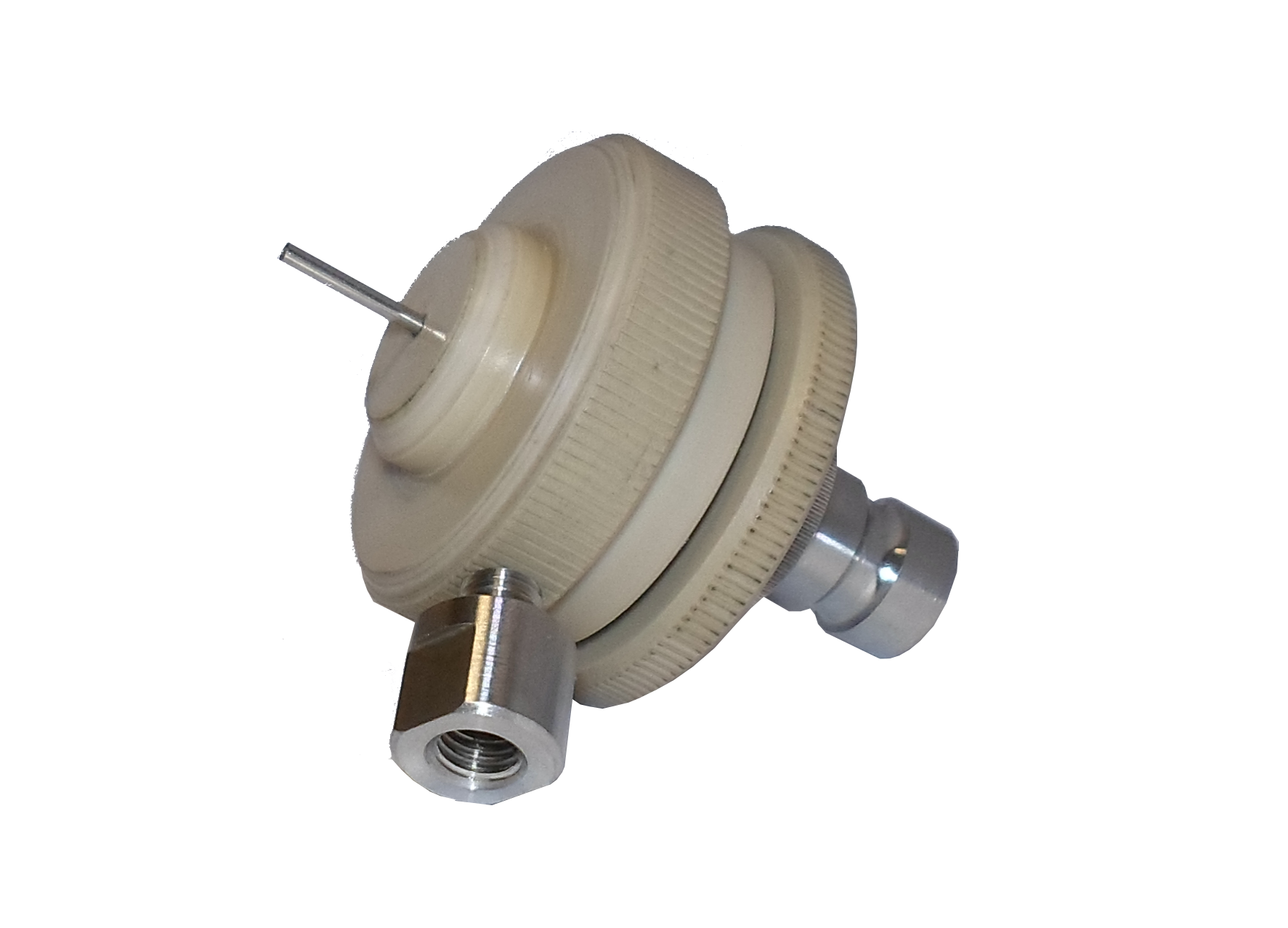Electrospinning is internationally recognized as one of the key nanotechnologies of the future. It is currently the most economic, versatile, and efficient technology to fabricate highly porous membranes made of nano and/or micro fibers. The application fields range from the biomedical to the filtration field. Other applications include composite materials, energy storage, sensors, and electronics. The technology is based on the application of a high voltage difference between a spinneret ejecting a polymeric solution and a grounded collector. The jet of solution is accelerated and stretched by the external electric field and thins while travelling towards the collector, leading to the formation of continuous solid fibres as the solvent evaporates. Electrostatic, automation, mechatronic, physics, chemistry, and macromolecular chemistry competences are required to rule this high complex process. Electrospinning can produce fibres from over two hundreds synthetic and natural polymers, in the form of plain fibres, blends with other polymers and/or with low molecular weight substances and organic‐inorganic composite fibres. 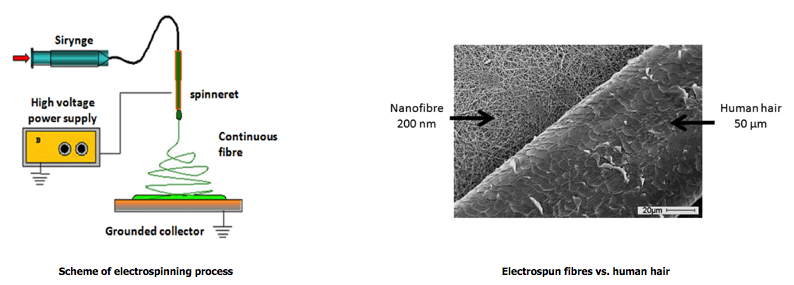 The configuration of the feeding system ejecting the polymer solution determines the composition of the electrospun fibres and the distribution of the different components inside the fibre and in the final matrix. Tailored products can be obtained by using:
The configuration of the feeding system ejecting the polymer solution determines the composition of the electrospun fibres and the distribution of the different components inside the fibre and in the final matrix. Tailored products can be obtained by using:
- Single spinneret: One-component fibres can be obtained from homogenous polymeric fluids and multi-component fibres can be electrospun from blends, emulsions and suspensions.
- Coaxial spinneret: Two different fluids flow throughout two coaxial capillaries, leading to core‐shell morphology.
- Multi-spinnerets: Membranes composed of different types of fibres can be produced by concomitantly electrospinning different polymer solutions from different spinnerets.
In the most common electrospinning setup fibres are collected on a stationary plane metallic target as non‐woven meshes of randomly oriented fibres. The poor control of spatial deposition distribution is a direct consequence of the chaotic path of the charged jet that travels towards the metallic plate. Control of the jet path can be achieved by modifying the electrical field throughout a proper design of the target. Different fibre deposition geometries can thus be obtained.
[1] Ramakrishna S, Fujihara K, Teo W‐E, Lim T, Ma Z. An introduction to Electrospinning and Nanofibers. Singapore: World Scientific Publishing; 2005. [2] A.Greiner, J.H.Wendorff, Electrospinning: A Fascinating Method for the Preparation of Ultrathin Fibers, Angewandte Chemie Int. Ed. 2007, 46, 5670-5703 [3] A. Zucchelli, D. Fabiani, C. Gualandi, M.L. Focarete. An innovative and versatile approach to design highly porous, patterned, nanofibrous polymeric materials, Journal of Materials Science 2009, 44, 4969-4975.
Contact us
SPINBOW S.R.L.
Via dell’Artigiano 8/6, 40016
San Giorgio di Piano (BO) – Italy
Tel: +39 348 3002352




